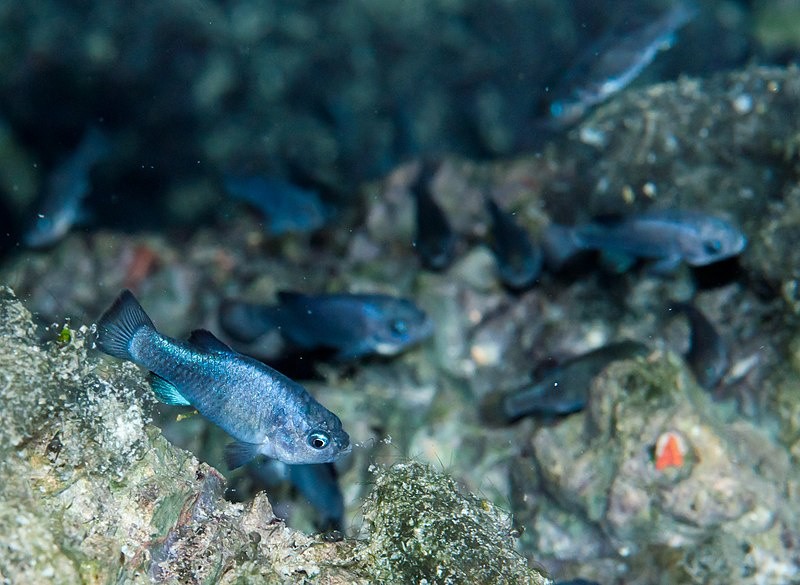
The latest Mexico earthquake caused a four-foot high desert tsunami in Nevada's Death Valley cave, which is also known as "Devils Hole."
Experts plan to count pupfish populations after the seismic activity.
Monday's 7.6-magnitude earthquake near Mexico's southwest coast was followed by five minutes of typically calm water deep inside a Death Valley National Park cave beginning to slosh against the nearby limestone rock.
The "desert tsunami" that was triggered by the Mexico earthquake over 1,500 miles away on Monday caused waves to erupt up to four feet high in the Devils Hole, a pool of water in the Amargosa Valley of Nevada that is about 10 feet wide, 70 feet long, and more than 500 feet deep.
Unusual Indicator
According to the National Park Service website, earthquakes around the world, including those in Japan, Indonesia, and Chile, have caused the water in the partially filled cave to splash up Devils Hole, making it an "unusual indicator of seismic activity."
Intriguingly, according to Kevin Wilson, an aquatic ecologist with the National Park Service, the 6.8 magnitude earthquake that also struck the southwest coast of Mexico early Thursday, not far from the epicenter on Monday, did not disturb the water or produce any waves in Devils Hole.
Just after one in the morning on Thursday, a small town named Aguililla in the western state of Michoacán experienced an earthquake that left at least two people dead.
The Monday earthquake, which had Michoacán as its epicenter but to the east, also claimed the lives of two people.
It depends on the depth, size, and location in the world, according to Wilson. Usually, earthquakes along the "Ring of Fire" in the Pacific that are at least magnitude 7 will be felt in Devils Hole.
Devils Hole and Pupfish
The unique and endangered pupfish breed that calls Devils Hole home can encounter immediate difficulties after the geological occurrence is known scientifically as a seiche.
According to Wilson, the waves in the cave stir up sediment, wash away algae that are growing on a shallow shelf in the cave, which the pupfish rely on for food, and occasionally smash pupfish eggs.
But over time, he claimed, the movement caused by earthquakes aids in clearing out the accumulation of organic matter, which can eventually rob the distinctive ecosystem of its oxygen.
Wilson said that the system is reset by phenomena of this nature. He claimed that the Monday waves peaked for about 30 minutes before subsiding.
Wilson said Although it is uncommon for grown pupfish to perish in these incidents, park rangers say they will continue to give the fish additional food since their numbers have recently increased.
Officials counted 175 Devils Hole pupfish in March, up from 35 in about ten years, and Wilson said the count for the fall is scheduled for this weekend.
According to Wilson, the geothermal pool's constant temperature of 93 degrees and the cave's low oxygen levels create an "extreme" environment.
In addition, there are also infrequent but persistent earthquake aftershocks.
Wilson said that in recent years, the pupfish have endured a number of these occurrences.
Once the waves subsided, his team failed to discover any dead fish.
According to National Park Service officials, the most recent instance of this type of "desert tsunami" was in July 2019, when waves as high as 15 feet rose after a 7.1-magnitude earthquake struck close to Ridgecrest in Kern County, Phys Org reported.
Related article : Earthquake Triggers 'Desert Tsunami' in Death Valley, Reducing Food Available to Pupfish
© 2025 NatureWorldNews.com All rights reserved. Do not reproduce without permission.





